Scientists have harnessed the power of a Perth woman’s hyper-sensitive sense of smell to develop a test to determine whether people have Parkinson’s disease.
The test has been years in the making after academics realised retired nurse Joy Milne, raised in Dundee, could smell the condition.
The 72-year-old has a rare condition that gives her a heightened sense of smell.
She noticed her late husband Les developed a different odour when he was 33, some 12 years before he was diagnosed with the disease, which leads to parts of the brain becoming progressively damaged over many years.
Joy – who lost Les seven years ago – described a “musky” aroma, different from his normal scent.
Her observation piqued the interest of scientists who decided to research what she could smell, and whether this could be harnessed to help identify people with the neurological condition.
Years later, academics at the University of Manchester have made a breakthrough by developing a test that can identify people with Parkinson’s disease using a simple cotton bud run along the back of the neck.
Researchers can examine the sample to identify molecules linked to the disease to help diagnose whether someone has it.
While still in the early phases of research, scientists are excited about the prospect of the NHS being able to deploy a simple test for the disease.
There is currently no definitive test for Parkinson’s disease, with diagnosis based on a patient’s symptoms and medical history.
Parkinson’s disease ‘has to be detected far earlier’
If the new skin swab is successful outside laboratory conditions, it could be rolled out to achieve faster diagnosis.
Joy – who spoke to The Courier’s Mike Alexander about her abilities in 2018 – says it is unacceptable that people with Parkinson’s had such high degrees of neurological damage at the time of diagnosis.
She added: “I think it has to be detected far earlier – the same as cancer and diabetes; earlier diagnosis means far more efficient treatment and a better lifestyle for people.
“It has been found that exercise and change of diet can make a phenomenal difference.”
Joy – also working with scientists to see if she can smell other diseases, like cancer and tuberculosis (TB) – says her powers are both a curse and a blessing.
She said: “I have to go shopping very early or very late because of people’s perfumes, I can’t go into the chemical aisle in the supermarket.
“So yes, a curse sometimes but I have also been out to Tanzania and have done research on TB and research on cancer in the US – just preliminary work.
“So it is a curse and a benefit.”
Incredibly, she can sometimes smell people who have Parkinson’s while in the supermarket or walking down the street.
But Joy has been told by medical ethicists she cannot tell those affected.
She adds: “Which GP would accept a man or a woman walking in saying ‘the woman who smells Parkinson’s has told me I have it’? Maybe in the future but not now.
She revealed her husband was like a “changed man” after researchers found the link between Parkinson’s and odour.
Joy also said Les, a former doctor, was “determined” to find the right researcher to examine the link between odour and Parkinson’s and they sought out Dr Tilo Kunath at the University of Edinburgh in 2012.
Dr Kunath paired up with Professor Perdita Barran to examine Joy’s sense of smell.
The scientists believed that the scent may be caused by a chemical change in skin oil, known as sebum, which is triggered by the disease.
In their preliminary work they asked her to smell t-shirts worn by people who have Parkinson’s and those who did not.
She correctly identified the t-shirts worn by Parkinson’s patients but she also said that one from the group of people without Parkinson’s smelled like the disease – eight months later the individual who wore the t-shirt was diagnosed with Parkinson’s.
Researchers hoped the finding could lead to a test being developed to detect Parkinson’s, working under the assumption that if they were able to identify a unique chemical signature in the skin linked to Parkinson’s, they may eventually be able to diagnose the condition from simple skin swabs.
In 2019 researchers at the University of Manchester, led by Prof Barran, announced that they had identified molecules linked to the disease found in skin swabs.
And now the scientists have developed a test using this information.
The tests have been successfully conducted in research labs and now scientists are assessing whether they can be used in hospital settings.
If successful, the test could potentially be used in the NHS so GPs can refer patients for Parkinson’s tests.
The findings, which have been published in the Journal of the American Chemical Society, detail how sebum can be analysed with mass spectrometry – a method that weighs molecules – to identify the disease.
Our test would be able to tell them whether they did or whether they didn’t (have Parkinson’s) and allow them to be referred to the right specialist.”
Professor Perdita Barran
Some molecules are present only in people who have Parkinson’s disease.
Researchers compared swabs from 79 people with Parkinson’s with a heathy control group of 71 people.
Prof Barran said: “At the moment, there are no cures for Parkinson’s, but a confirmatory diagnostic would allow them to get the right treatment and get the drugs that will help to alleviate their symptoms.
“There would also be non-pharmaceutical interventions, including movement and also nutritional classes, which can really help.
“And I think most critically, it will allow them to have a confirmed diagnosis to actually know what’s wrong with them.”
She added: “What we are now doing is seeing if (hospital laboratories) can do what we’ve done in a research lab in a hospital lab.
New test could be ‘transformative’
“Once that’s happened then we want to see if we can make this a confirmatory diagnostic that could be used along with the referral process from a GP to a consultant.
“At the moment in Greater Manchester there are about 18,000 people waiting for a neurological consult and just to clear that list, without any new people joining it, will take up to two years.
“Of those, 10-15% are suspect Parkinson’s.
“Our test would be able to tell them whether they did or whether they didn’t (have Parkinson’s) and allow them to be referred to the right specialist.
“So at the moment, we’re talking about being able to refer people in a timely manner to the right specialism and that will be transformative.”
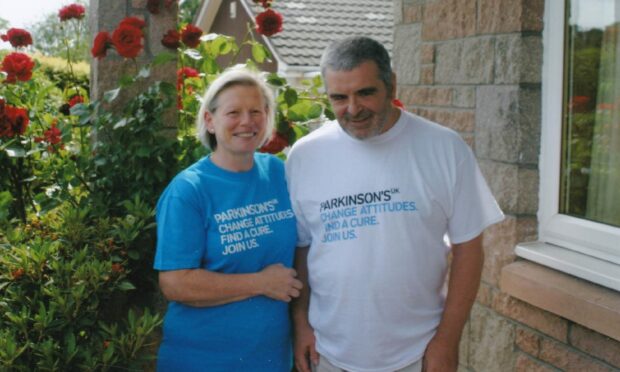
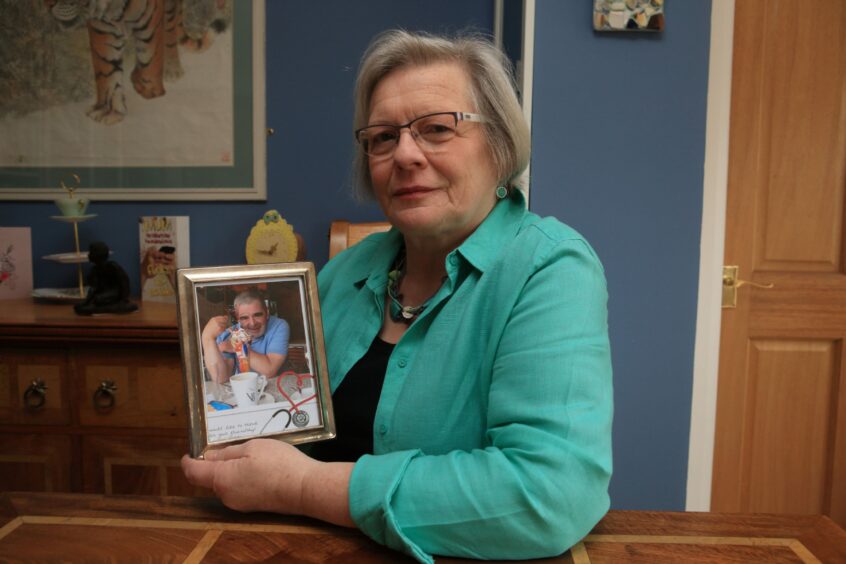

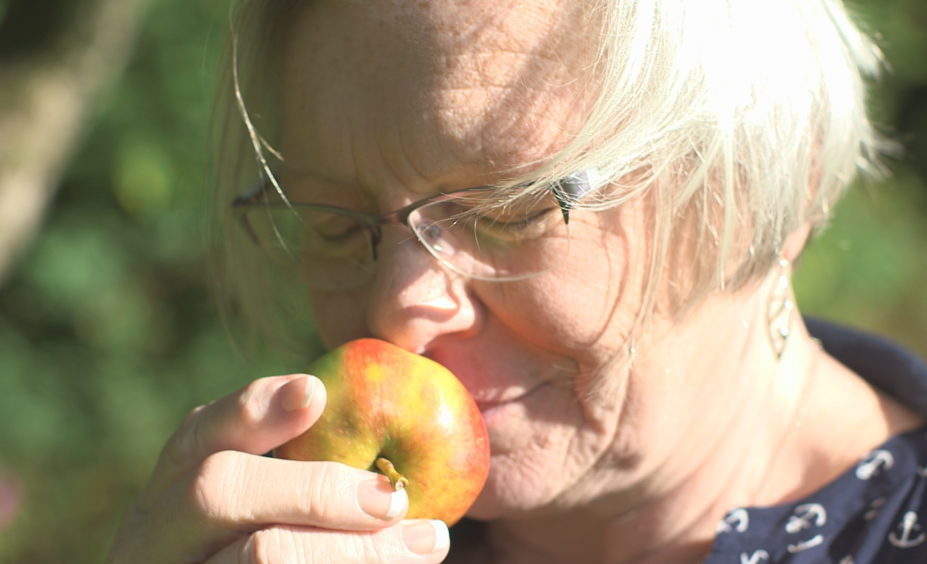

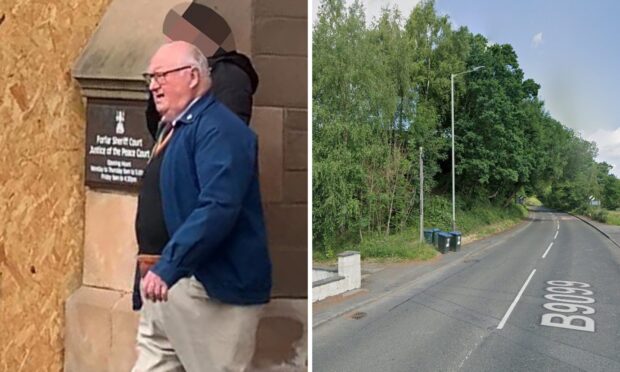






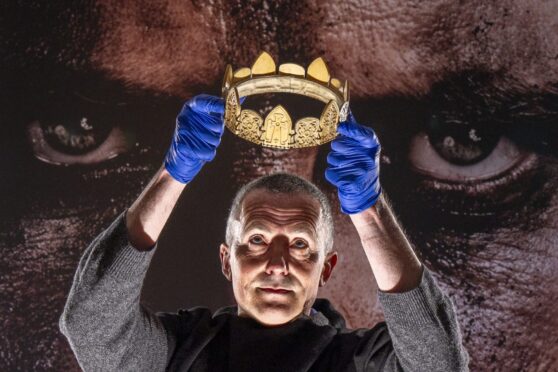


Conversation